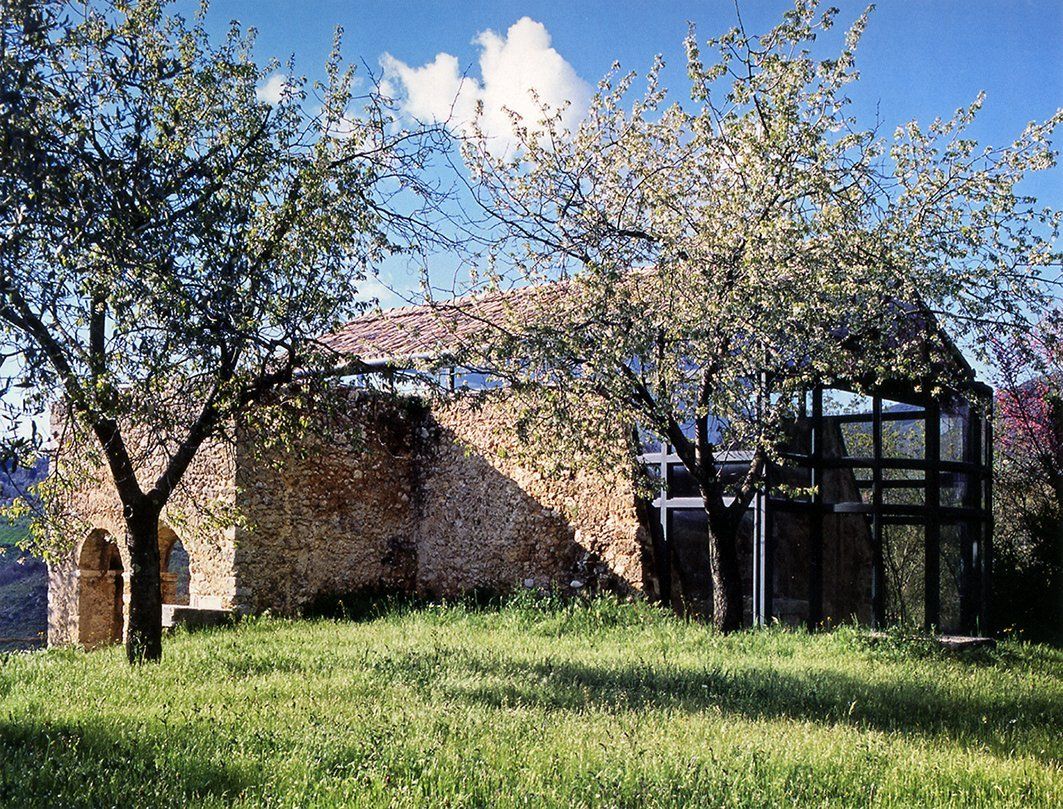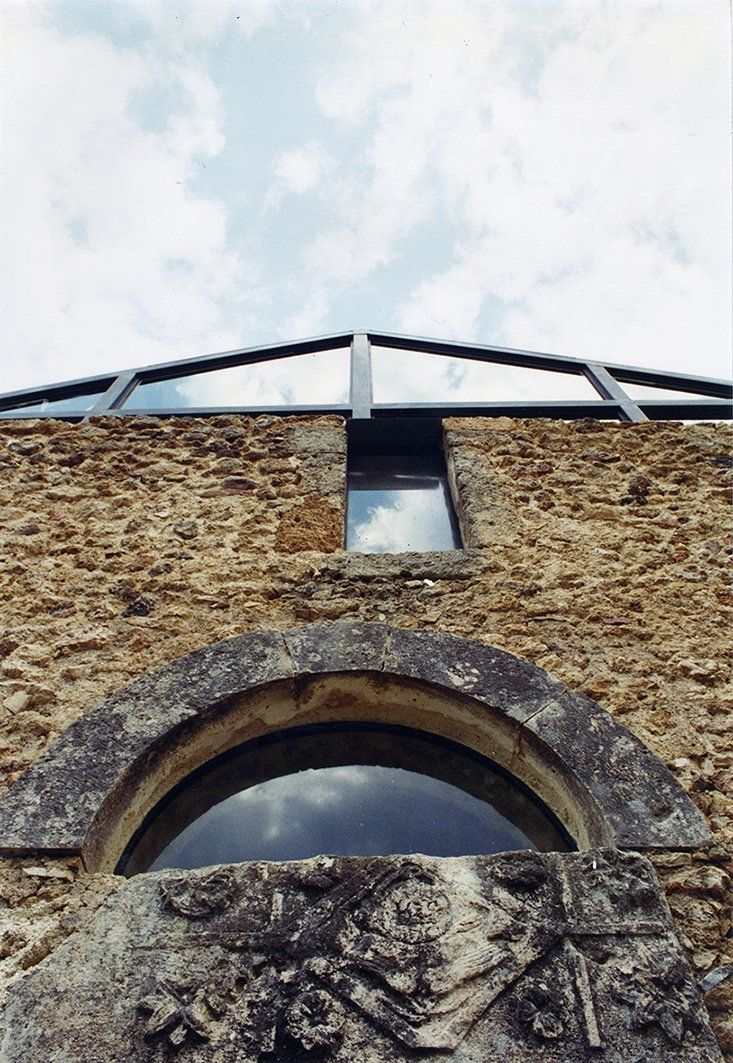SAN DONATO. Restoration of the ruins of an early medieval church in the olive groves of Castelnuovo di Farfa.
Between liberation
and reintegration: evoking the disappeared volumes of the church
Since the mid-1990s, the early medieval church of San Donato (9th century), a small country church surrounded by olive groves on the slopes of the medieval village of Castelnuovo di Farfa (RI), has been the subject of excavations by the team of Prof. John Moreland of the University of Sheffield. The archaeological site is of great scientific interest because it bears witness to the transition from imperial to medieval rural settlement in central Italy.
The church consisted of a single nave with frescoed niches on the northern side and an apse to the east. The building had been incorporated into a layered rustic house of recent construction. It was only through archaeological excavations that the foundations of the apse could be traced and the type and proportions of the church understood.
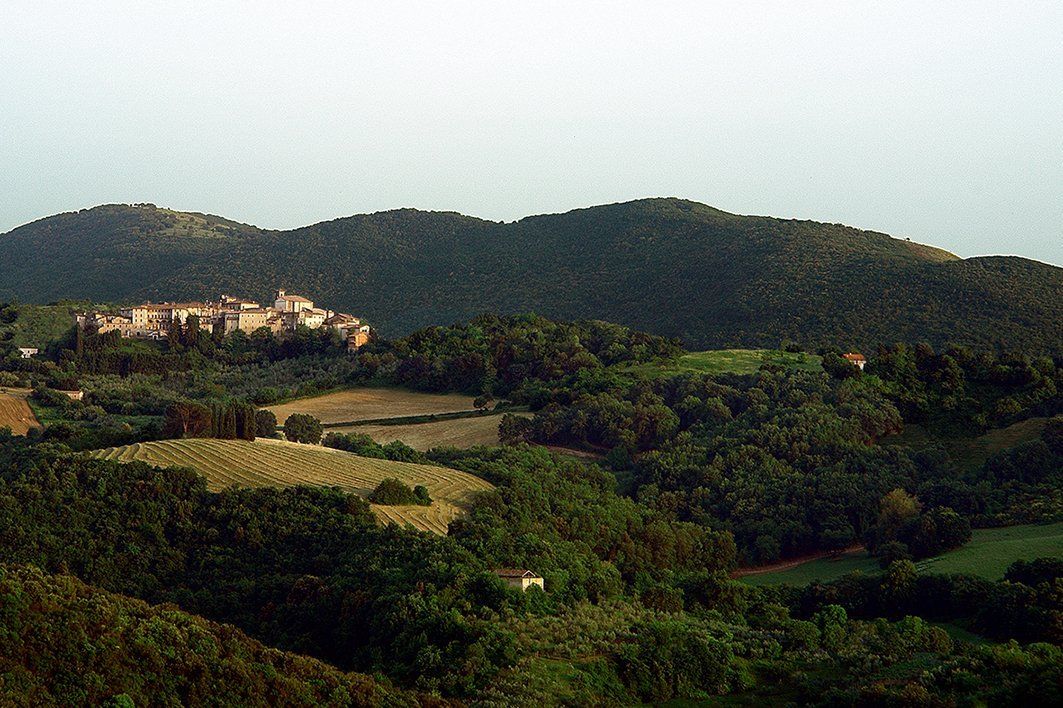
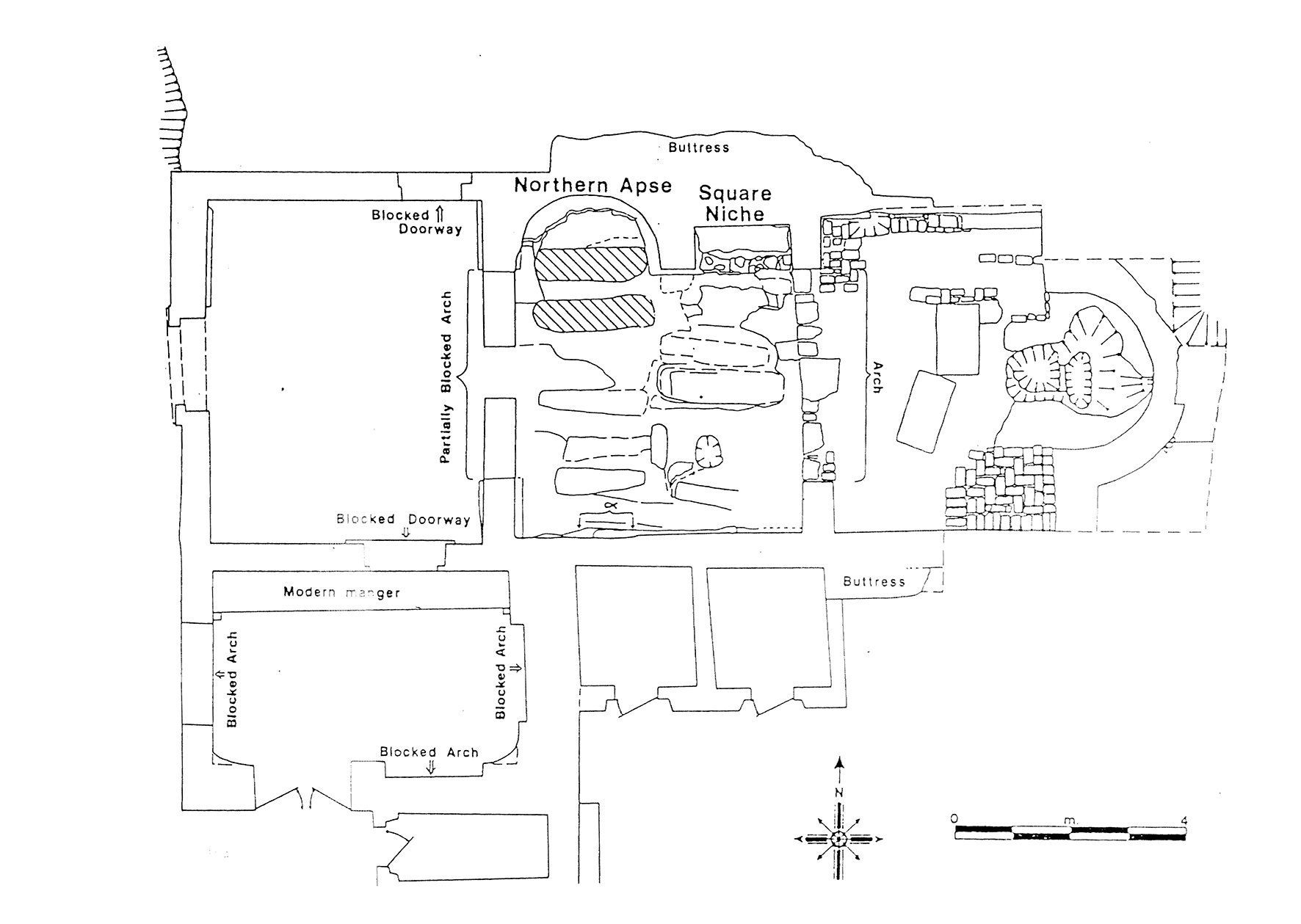
Demolitions, conservative restoration techniques, new floors and contemporary additions
The first step in the project was to free the ancient masonry volumes from the most recent superfetations, through selective demolitions. The walls on the elevation were freed and consolidated with mortar injections, without affecting the external walls in any way. Only an isolated fragment of a fresco was found in the north apsidiole, which was also consolidated both in its deep support and in its pictorial film.
A new internal floor was built, trying to accompany the image of the archaeological ruins with a poor flooring of beaten cement, mixed with the same sands of the Farfa river with which the mortar of the ancient walls had been made.
The crucial theme of the project for the conservation and presentation of the church was its volumetric reintegration. It was decided to build a new lightweight roof, on simple metal trusses, covered with recycled tiles. This roof does not rest directly on the crests of the old walls; below the new metal perimeter beams, there is a glazed slot that follows the irregular profile of the walls. Where only the foundation line of the old building remains, at the apse, the glazed slot descends and becomes a volume.
The restored church blends in with the rural landscape when seen from a distance, but shows its original character, between ancient
and contemporary languages and materials, when observed from close up.
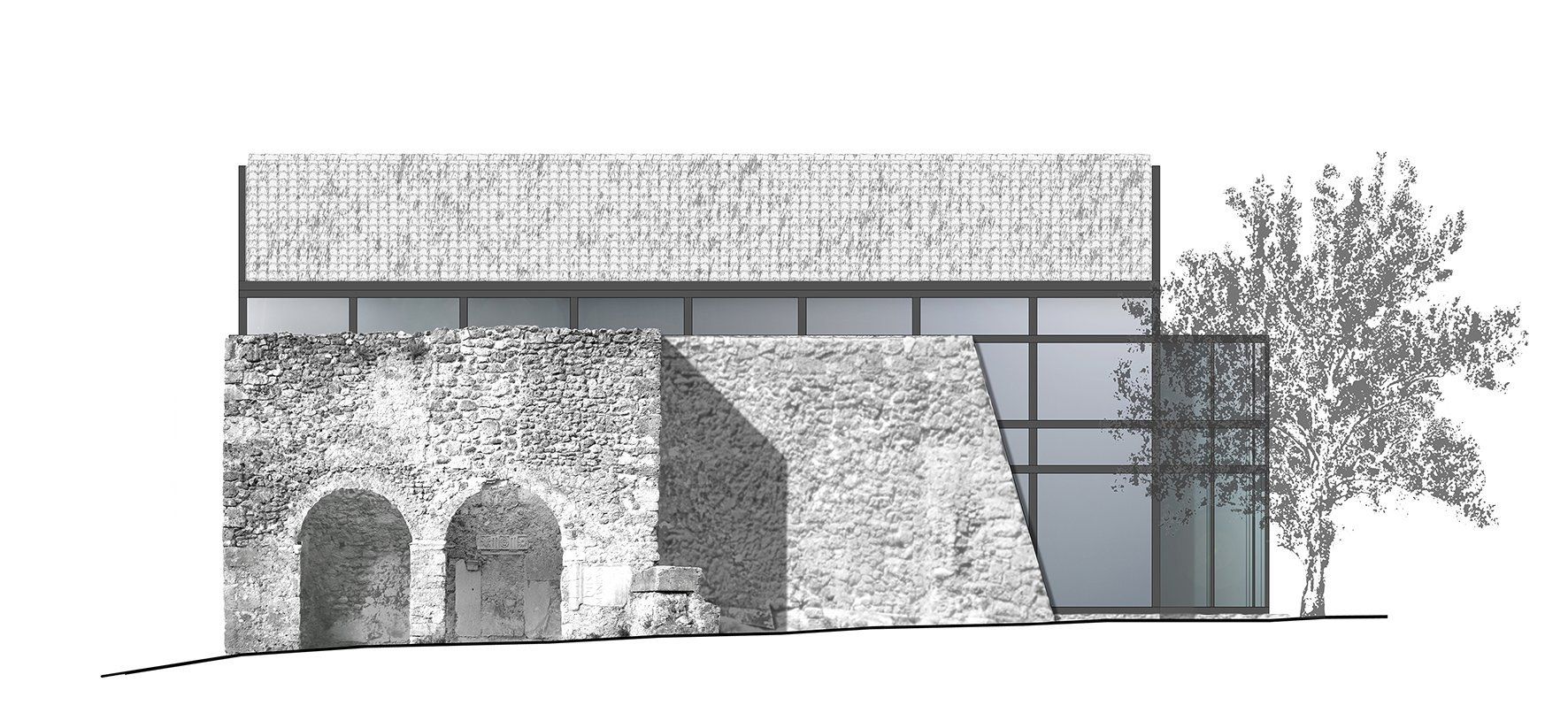
A strategy for the protection and enhancement of dispersed cultural assets
It was decided not to abandon the monument to its isolation as a ruin in the countryside, but to turn it into the final station of the visit to the new diffuse museum on rural civilization, a station dedicated to the theme of the sacredness of olive oil in the Mediterranean world. Inside the restored volume made of masonry, iron and glass, a song written specifically for this environment by the artist Ille Strazza is on loop: a contemporary monody on the Latin words of the hymn on the consecration of olive oil on Holy Thursday by St. Ephrem the Syrian.
The space of the church of San Donato has also come back to life as a place of spirituality for the community of Castelnuovo di Farfa, both for seclusion and prayer, for celebrations and collective functions.
The entrance façade overlooks a small olive grove with a regular design that brings together all the varieties of olive trees grown in the Mediterranean: the 'garden of the world's olive trees'. The archaeological site, abandoned and isolated for decades, has thus found a meaningful place in the life of the community.



